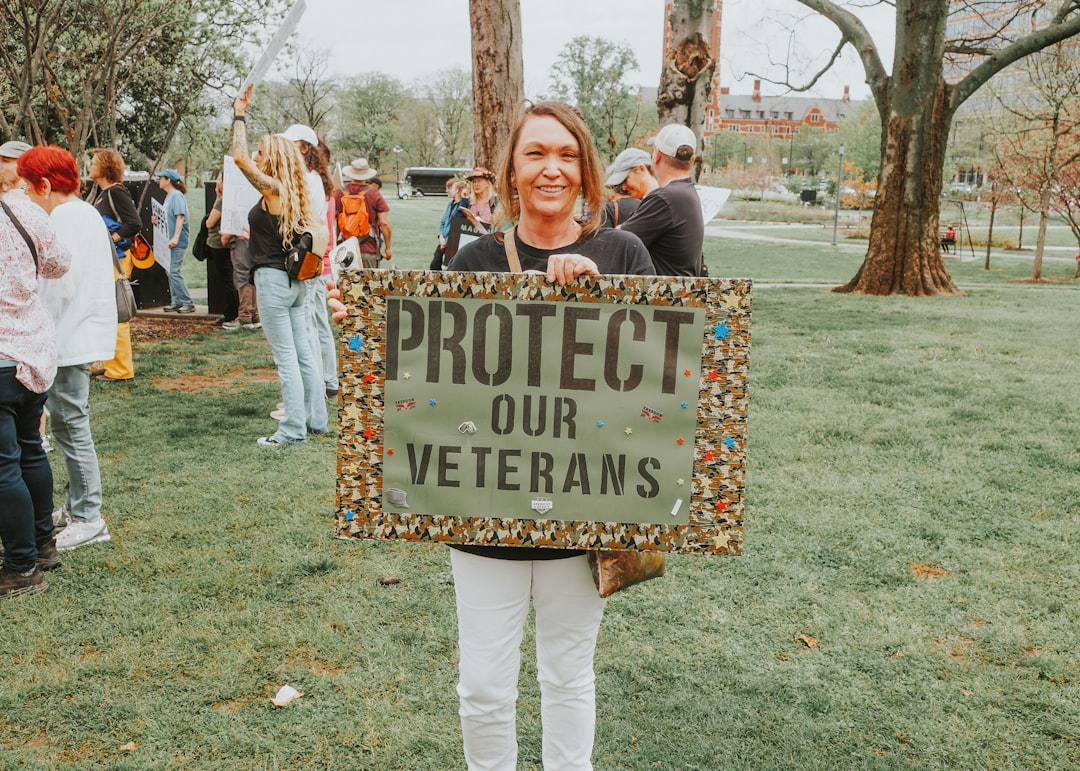How the Aid and Attendance Program Supports Veterans with Disabilities at Home
Caring for veterans with disabilities at home can be both rewarding and challenging, but thankfully, there are resources designed to provide support and relief. The Aid and Attendance program is an essential component of veterans benefits, offering crucial assistance to those who need it most. Through this initiative, veterans and their families can access valuable home care services that ensure comfort and dignity in daily life. Whether it’s personal care or companionship, this program stands as a beacon of support, guiding families towards effective in-home care solutions. In this blog post, we’ll explore how the Aid and Attendance program can transform the lives of veterans, providing a pathway to enhanced well-being and peace of mind. Learn more about these resources here.
Understanding the Aid and Attendance Program
The Aid and Attendance program plays a crucial role in supporting veterans with disabilities by providing financial assistance for in-home care services. This section will delve into the essentials of the program, offering an overview of veterans benefits, eligibility criteria, and key features.
Overview of Veterans Benefits
Veterans benefits encompass a wide range of support services designed to enhance the quality of life for those who have served. The Aid and Attendance program is a vital component of these benefits, providing financial assistance for in-home care. This benefit ensures that veterans receive the necessary support to manage daily living activities with dignity and comfort.
The program is part of a broader initiative to provide comprehensive support to veterans. It complements other resources such as the Veterans Housing and Home Life assistance and the Royal Canadian Mounted Police Disability Pension. These resources collectively aim to support veterans at home, ensuring they have access to the care they need.
Understanding the broad spectrum of veterans benefits is crucial for veterans and their families. By tapping into these resources, they can ensure holistic support that addresses both medical and personal care needs.
Eligibility for Assistance
Determining eligibility for the Aid and Attendance program is a pivotal step for veterans and their families. The program caters to veterans who require assistance with daily activities due to disabilities or age-related challenges.
-
Service Requirements: Veterans must have served at least 90 days of active duty, with at least one day during a wartime period.
-
Disability Criteria: A qualifying disability that necessitates the need for in-home care is crucial.
-
Income and Asset Limits: Financial need is assessed based on income and asset thresholds.
Eligibility extends to surviving spouses, adding a layer of support to families. The program’s comprehensive approach ensures that those in genuine need receive the assistance they deserve. More details on eligibility can be found in the Care Home Resource Guide.
Ensuring eligibility requires gathering necessary documentation and understanding the criteria thoroughly. This proactive approach can streamline the application process and improve the chances of receiving benefits.
Key Features of the Program
The Aid and Attendance program offers several features designed to support veterans effectively. These features include financial assistance for personal care and other services that promote independence and well-being.
-
Financial Support: Provides monetary aid to cover in-home care expenses.
-
Flexible Use: Funds can be used for various services, ensuring personalized care.
-
Comprehensive Assistance: Includes personal care, companionship, and medical support.
This program’s flexibility allows veterans to tailor their care to their specific needs, enhancing their quality of life. The Care at Home Resource Guide offers detailed insights into the program’s benefits and application process.
Understanding these features is crucial for maximizing the benefits of the program. Veterans and their families can work closely with professionals to ensure they receive the most appropriate care solutions.
Home Care Services for Veterans
Home care services are an integral part of supporting veterans with disabilities. This section will explore the importance of in-home care, the variety of services available, and guidance on choosing the right support.
Importance of In-Home Care
In-home care provides veterans with the support they need to maintain their independence while ensuring they receive necessary assistance. This type of care is essential for improving quality of life and offering peace of mind to both veterans and their families.
In-home care includes a range of services, from medical assistance to daily living support. It allows veterans to remain in a familiar environment, which can significantly enhance their well-being. Services such as those found under the Veterans Housing and Home Life initiative ensure that veterans have access to quality care in their homes.
Personalized care plans can be developed to address specific needs, ensuring that veterans receive the right level of support. This approach not only improves physical health but also fosters emotional and mental well-being.
Personal Care and Companion Services
Personal care and companion services are crucial components of in-home care for veterans. These services are tailored to meet the unique needs of each veteran, ensuring they receive comprehensive support.
-
Personal Care: Includes assistance with daily activities such as bathing, dressing, and mobility.
-
Companion Services: Focuses on providing social interaction and emotional support.
These services are designed to promote independence while ensuring that veterans receive the care they need. Personal care addresses physical needs, while companion services offer emotional and social benefits.
Veterans and their families should explore available options to determine the best fit for their needs. The combination of personal care and companionship can greatly enhance a veteran’s quality of life, providing a holistic approach to in-home support.
Choosing the Right Support
Selecting the right in-home care service is critical to ensuring veterans receive appropriate assistance. This involves evaluating the level of care needed and matching it with available services.
-
Assess Needs: Determine the level of assistance required, considering both medical and daily living needs.
-
Research Options: Explore different service providers and compare their offerings.
-
Consult Professionals: Seek guidance from care professionals to make informed decisions.
Choosing the right support involves understanding the veteran’s specific needs and preferences. Families can leverage resources such as the Care at Home Resource Guide to navigate their options.
Making informed decisions ensures veterans receive the best possible care, fostering independence and enhancing their quality of life.
How to Access Aid and Attendance Benefits
Accessing the Aid and Attendance benefits requires understanding the application process and taking steps to maximize the benefits received. This section will guide veterans and their families through the application process, offer tips for maximizing benefits, and highlight the importance of seeking professional guidance.
Application Process Explained
The application process for Aid and Attendance benefits involves several steps to ensure veterans receive the support they need.
-
Gather Documentation: Collect service records, medical evaluations, and financial statements.
-
Complete Application: Fill out the necessary forms, which can be obtained from the VA website.
-
Submit Application: Send the completed application and supporting documents to the appropriate VA office.
Understanding the application process can streamline efforts and avoid delays. Veterans and their families should ensure all required information is accurate and complete.
Familiarizing oneself with the application requirements can prevent common pitfalls and enhance the likelihood of a successful application.
Tips for Maximizing Benefits
Maximizing Aid and Attendance benefits involves strategic planning and proactive measures. Here are some tips:
-
Stay Informed: Keep up-to-date with any changes in eligibility or application processes.
-
Document Thoroughly: Maintain accurate and detailed records of all necessary documents.
-
Review Regularly: Periodically reassess eligibility and needs to adjust plans accordingly.
These tips can help veterans and their families ensure they receive the full extent of benefits available. Staying informed and organized can make a significant difference in accessing support.
By applying these strategies, veterans can optimize their Aid and Attendance benefits, enhancing their overall care experience.
Seeking Professional Guidance
Professional guidance can be invaluable when navigating the complexities of Aid and Attendance benefits. Experts can offer insights and support throughout the application and optimization process.
-
Consult VA Representatives: They can provide authoritative information and answer questions.
-
Engage Financial Advisors: To assist with planning and managing benefits effectively.
-
Utilize Veteran Support Services: Access resources such as local veteran organizations for additional support.
Professional guidance can ease the application process and ensure veterans receive the assistance they need. Leveraging expert advice can help veterans and their families maximize their benefits and enhance their quality of life.
Connecting with professionals ensures veterans receive comprehensive support, fostering a smoother experience in accessing necessary care and assistance.








Leave a Reply